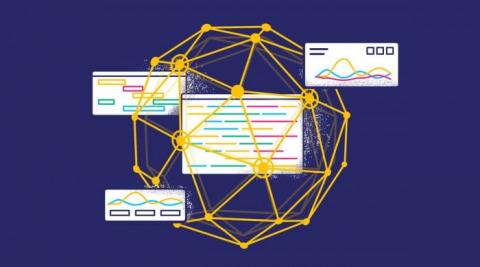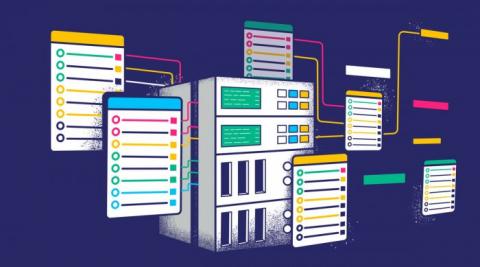Operations | Monitoring | ITSM | DevOps | Cloud
Latest News
Jaeger Essentials: Introduction to Jaeger Instrumentation
Every journey in distributed tracing starts with instrumenting an application to emit or extract trace data from each service as they execute. There are many ways to instrument, including the use of SDKs and pre-configured frameworks, and many protocols for transmitting the trace data to the analysis tool.
Monitor Amazon EKS Distro (EKS-D) with Splunk Infrastructure Monitoring
We are excited to partner with AWS in launching Amazon EKS Distro (EKS-D), the official Amazon Kubernetes distribution, which includes the same secure, validated, and tested components that power Amazon EKS. Splunk Infrastructure Monitoring provides a turn-key, enterprise-grade Kubernetes monitoring solution for Amazon EKS. Additionally, Splunk Infrastructure Monitoring provides out-of-the-box monitoring of Kubernetes Control Plane.
Sumo Logic partners with AWS to monitor Amazon EKS Distro
Rest vs SOAP: The Key Differences You Need To Know
When choosing between these two popular web API (application programming interface) formats it can be surprisingly difficult to know which one you should select for your infrastructure. Although both Rest (Representational State Transfer) and SOAP(Simple Object Access Protocol) share attributes in common with how they handle HTTP protocols, there are a number of key differences as discussed in this article.
Announcing auto-complete with type hints in the Elasticsearch Python client
Python introduced support for type hints in Python 3.5 via PEP 484, allowing tools like Mypy and Pyright to check your Python code for type conflicts before execution. This also helps tools that provide code auto-complete — like IDE, IPython, and Jupyter Notebooks — by providing a complete function signature, even for functions that are generated on import time like the Elasticsearch Python client.
What You Need to Know About IoT Logging
The Internet of Things (or, IoT) is an umbrella term for multiple connected devices sharing real-time data, and IoT logging is an important part of this. Troubleshooting bug fixes, connection problems, and general malfunctions rely heavily on logs, making them an invaluable asset not only in designing systems but also in system maintenance. To maximize system potential, this plethora of generated data needs to be managed efficiently.
How to Maximize Logging Performance with Kafka
As software is evolving away from monoliths and towards service-based architectures, it is becoming more apparent than ever that logging performance needs to be a first-class consideration of our architectural designs. This article will explore how to build and maintain a logging solution for a microservice-oriented containerized application, how to address some common difficulties which come with running such a solution, plus some tips for debugging and eliminating bottlenecks.
5 Essential MySQL Database Logs To Keep an Eye on
MySQL is the de facto choice for open-source relational databases, and you should learn how to use MySQL database logs to improve efficiency and security. As an open-source product, it is free to use and has a large and active developer community. It is crucial to understand how to diagnose and monitor the performance of a MySQL instance in the long run. Logs to the rescue!
AWS re:Invent 2020: The Sessions and Activities We Can't Wait to See
Needless to say, 2020 has been a year to remember. So it goes without saying that re:Invent 2020 will be unforgettable as well, but this time, in a good way. For starters, instead of hopping on a plane and spending four days in Las Vegas, we get three weeks of it from the comfort of our home offices. As usual, the event will be jam-packed with speakers, presentations, hands-on learning sessions. They’ll be helmed by experts in the cloud computing, DevOps, and the open source community.











